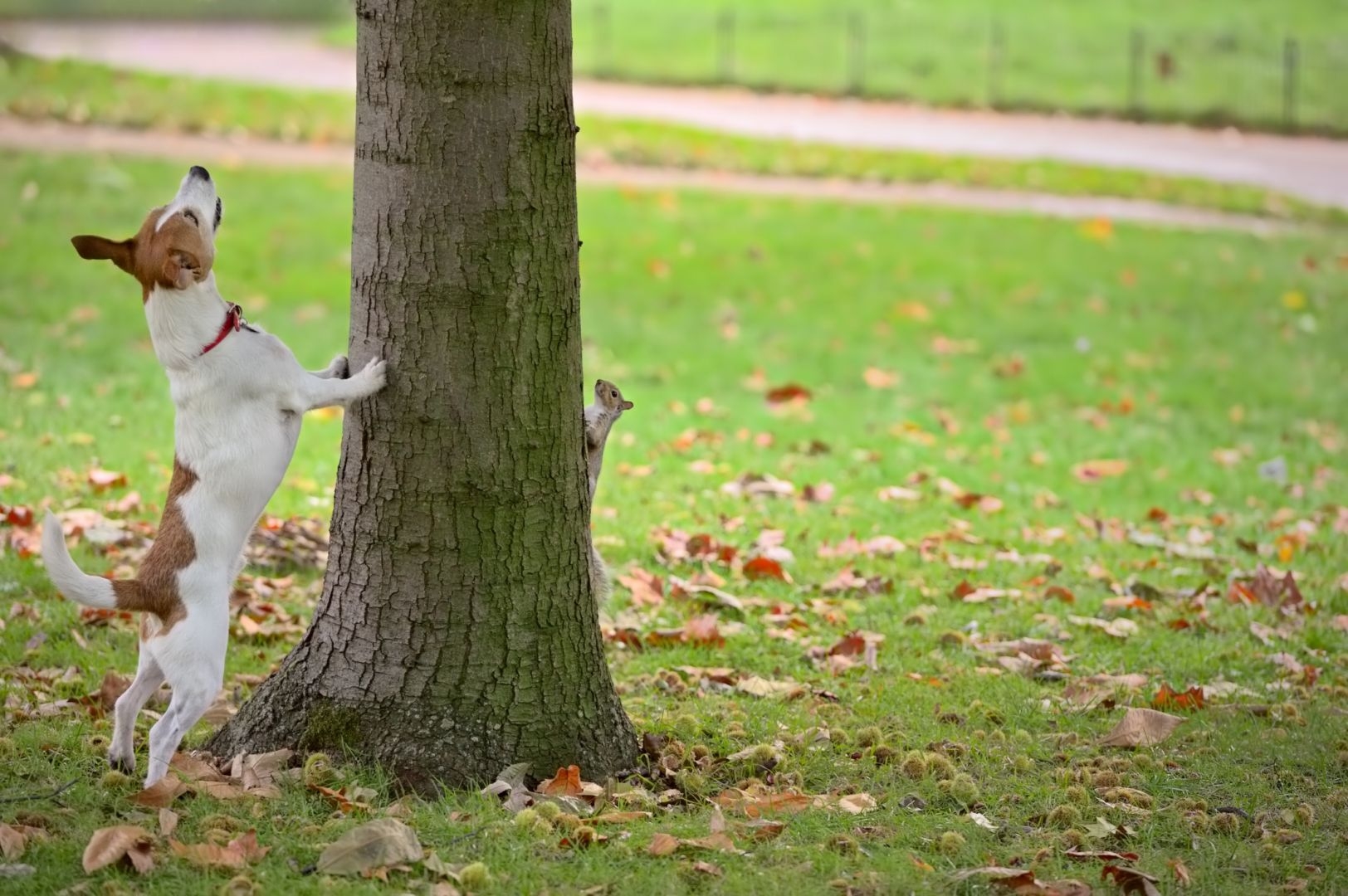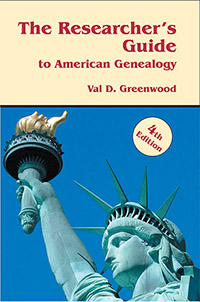
Don’t Go Barking Up the Wrong Family Tree
One of the best things about the fourth edition of The Researcher’s Guide to American Genealogy is that it not only tells you about the records and where to find them, but it also cautions you about the blind alleys and dead ends you may encounter along the way. Here are a few cautionary tips from The Researcher’s Guide to American Genealogy that will save you a lot of time and a lot of trouble:
“You need to create your own “official” online family tree on just one family history website… Many family history websites will ask you to create your family tree, and you usually need to do so before you can do meaningful research on those sites. However, although this may be necessary, it is important that you choose just one website for your “official” tree. The tree you create on that site will be the one where you will maintain the results of your latest personal research and all additions and changes you make as your research progresses. You want others to view this tree, but you cannot allow them the kind of access to that tree that allows them to change it.” (Chap. 10, p. 207)
“It is also important for you to set up an ‘official’ offline family tree on a quality family history software program… These software programs have features and reports that are clever and well designed. However, the one feature you must have on the program you choose is the ability to synchronize it with your official online tree so that your changes, additions, and updates at either location are also made at the other location.” 6. (Chap. 10, p. 207)
“We may read printed or published genealogies and family histories, and we may find pedigrees on the Internet—as well we should. However, the notion that when we are copying the results of someone else’s work we are doing family history research/genealogy is a misconception. Published and compiled works—whether in books or on the Internet—are, after all, only the report of someone else’s research. Without further investigation, we do not know whether that research was good or bad. Yes, it is important that we find what information is out there about our families—to know what others have already done—but we cannot take the results of their research at face value.” (Chap. 1, p. 5)
“When you find information about an ancestor or an ancestral family on the Internet, you need to make sure you understand the exact nature of what you have found. That is, you must distinguish clearly between the results of other people’s research on one hand and the information found in original documents on the other hand.” (Chap. 10, p. 209)
“As you encounter information provided by others, take note of how well documented it is. You want to know the sources of their information. And you want to know how well reasoned their conclusions are. Also, when their information comes from original documents, you must determine whether the evidence provided is primary or secondary and whether it is direct or indirect (circumstantial). Likewise, when there are discrepancies between the information found in different sources, you must determine the proper value and weight to give each piece of conflicting information in an effort to resolve those discrepancies.” (Chap.10 , p. 209)“ [I]n most cases, as you do research relating to your ancestors, it is important that you gather all information relating to all persons of the surname(s) of interest in your locality of interest. If you do not do it, you will someday be sorry and will find yourself coming back to search the same records again. And it will likely be sooner than you think. You may not be able to tell who all of these people are at the outset, but when you begin to synthesize your findings and put them into families, many pieces will fall into place. In fact, the information you find about “unknown” persons often provides some of the evidence needed to extend your pedigree.”
(Chap. 3, pp. 68-69)
Recent Blog Posts




